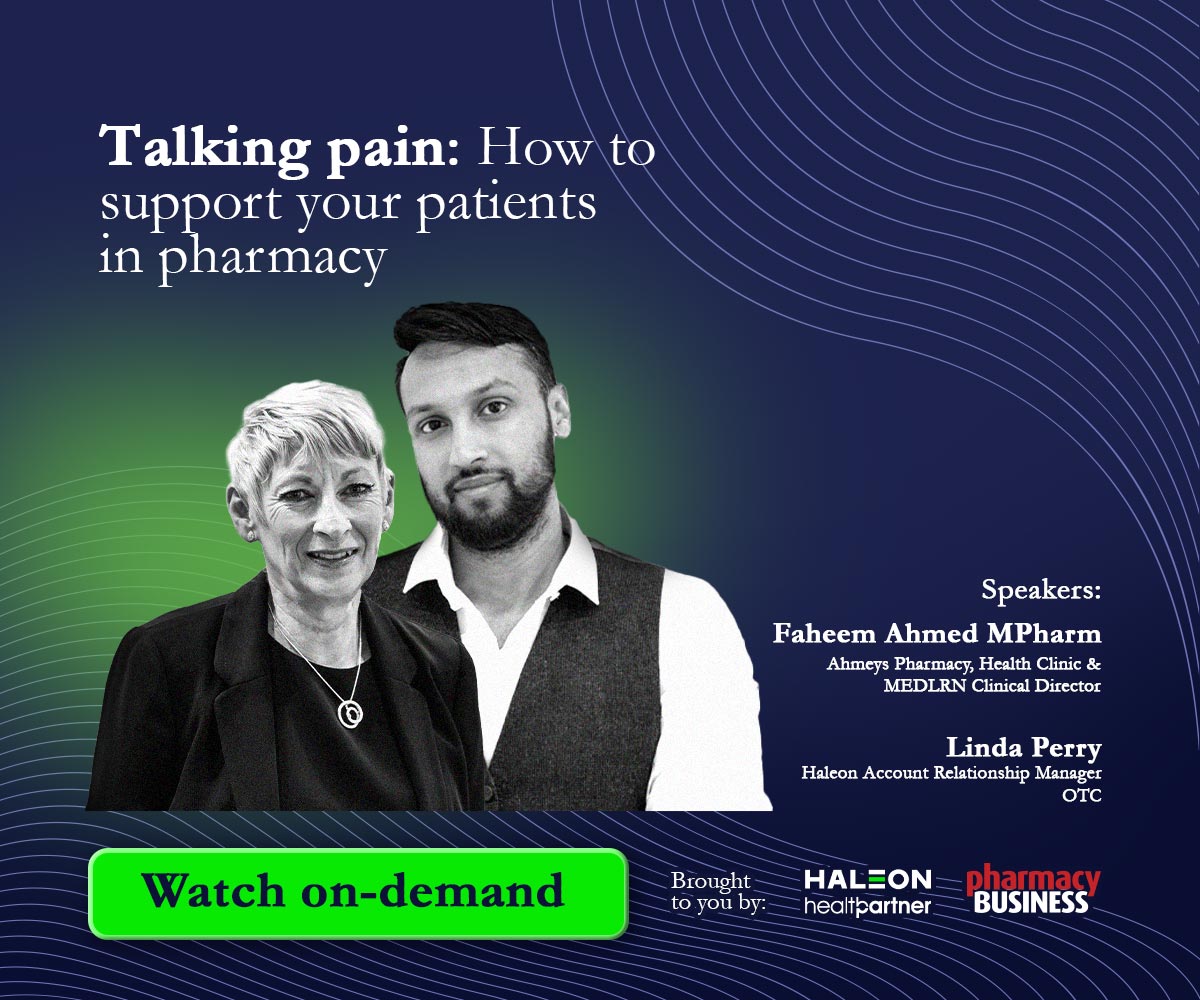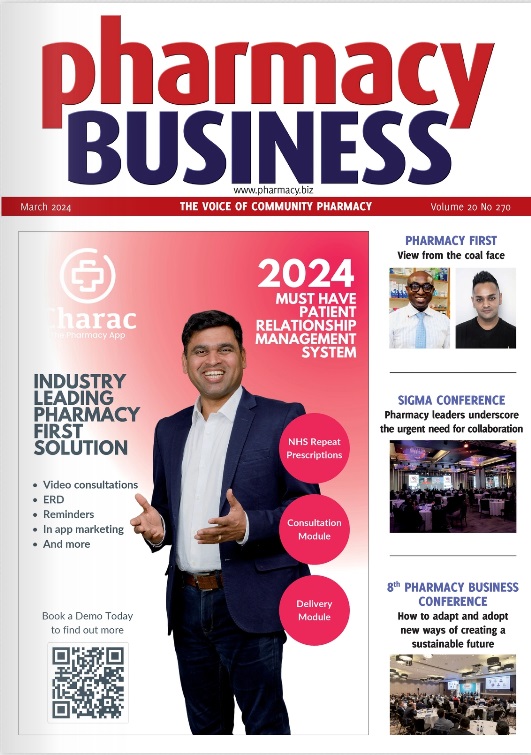In an era where the internet is the first stop for most people looking for information, the standard of websites has exponentially increased. This holds for medical websites, a vital platform where users seek trustworthiness, accuracy, and ease of use. In this competitive digital landscape, building a standout medical website is not only beneficial but often necessary for driving patient engagement, appointments, and overall practice success. The following guide outlines essential elements to consider when creating or revamping a medical website, focusing on user experience, design, and regulatory compliance.
Hire Experts
In the complex landscape of digital design for health services, the expertise and nuanced understanding of industry-specific challenges can be the difference between a functional site and an exceptional one. It is in this context that hiring a medical website design company becomes a strategic investment rather than an expense. These specialized agencies bring a wealth of experience in navigating regulatory standards, optimizing user experience for patient-centric services, and crafting content that educates and engages. Their insight can transform a website from merely a digital presence to an integral part of your practice’s patient engagement and education strategy, ensuring that every aspect of the site serves your practice’s goals and complies with industry standards.
Elegance in Simplicity
Medical websites should be an interface of calm in the potentially hectic environment of health concerns. Adopting a minimalist design approach not only enhances the aesthetics but also directs user focus to the most important content and calls to action. Implementing a soothing color palette, plenty of white space, and high-quality medical imagery can inspire a sense of trust and professionalism. Strive for a consistent and clean layout that is intuitive and user-friendly, ensuring a seamless user experience.
Mobile Optimization and Responsiveness
In today’s mobile-centric world, a responsive design that adapts to various device sizes and screen resolutions is non-negotiable. Health information is often sought after in moments of urgency, where users are likely to grab their smartphones. A mobile-optimized website is critical for maintaining a high-quality user experience across all platforms and can impact your website’s search engine ranking, as mobile-friendliness is a ranking factor for Google.
Strong Visual Hierarchy and Intuitive Navigation
Visual hierarchy guides users through the site by prioritizing elements based on their importance. This strategic arrangement enhances the flow of information and helps users quickly find what they’re looking for. Combine a strong visual hierarchy with a clear, concise, and predictable navigation system. Your site should anticipate the user’s path and effortlessly direct them to key areas, such as services, About Us, and contact information.
Educational Resources and Articles
One of the primary reasons patients visit medical websites is to seek information and educate themselves. Providing high-quality, educational content such as articles, blog posts, and infographics can establish your website as an authoritative source of health information. Ensure that all content is written or reviewed by medical professionals and is up-to-date and relevant. This will not only empower patients but also foster trust and credibility for your practice.
Patient-Centric Language and Accessibility
The language used on your website should be patient-centric, avoiding jargon where possible to ensure understanding by a diverse audience. To achieve accessibility, factors such as using an adequate font size, providing text descriptions for images, and maintaining a high color contrast are crucial. Your goal is to make your medical website inclusive and readable for every visitor, regardless of their abilities.
Call-to-Action Clarity and Accessibility
Call-to-action (CTA) elements prompt visitors to take the next step, whether it’s scheduling an appointment, signing up for a newsletter, or contacting the practice. CTAs should be clear, specific, and strategically placed to guide the user towards conversion. Make sure they are accessible and prominently displayed on both desktop and mobile versions of the website.
HIPAA Compliance and Security

Adhering to the Health Insurance Portability and Accountability Act (HIPAA) is imperative for any medical website. This includes protecting patient data with robust security measures and ensuring that any online forms or patient portals are secure. Collaborating with web designers who are familiar with HIPAA requirements can help you safeguard sensitive information, maintain patient confidentiality, and avoid potential legal ramifications.
Privacy Policy and Terms of Use
Your medical website should have a clear and comprehensive privacy policy that outlines how patient data is collected, used, and protected. Similarly, the terms of use should be stated plainly to inform users of the rules and expectations when accessing your site. These documents not only establish trust with users but also help protect your practice legally.
Accessibility Standards
Ensuring that your website is compliant with accessibility standards is not only ethically sound but also legally required in some cases. Follow the Web Content Accessibility Guidelines (WCAG) to make your site accessible to individuals with disabilities. This often involves adding features such as alt text for images, keyboard navigation, and the option to enlarge text, which can benefit all users.
A well-designed, informative, and compliant medical website is a potent tool for patient engagement, education, and appointment scheduling. By emphasizing user experience, content quality, security, and technical excellence, you can ensure that your website not only meets industry standards but exceeds patient expectations. Whether you’re building a new site or improving an existing one, these key elements will help you create a robust digital presence for your medical practice.







